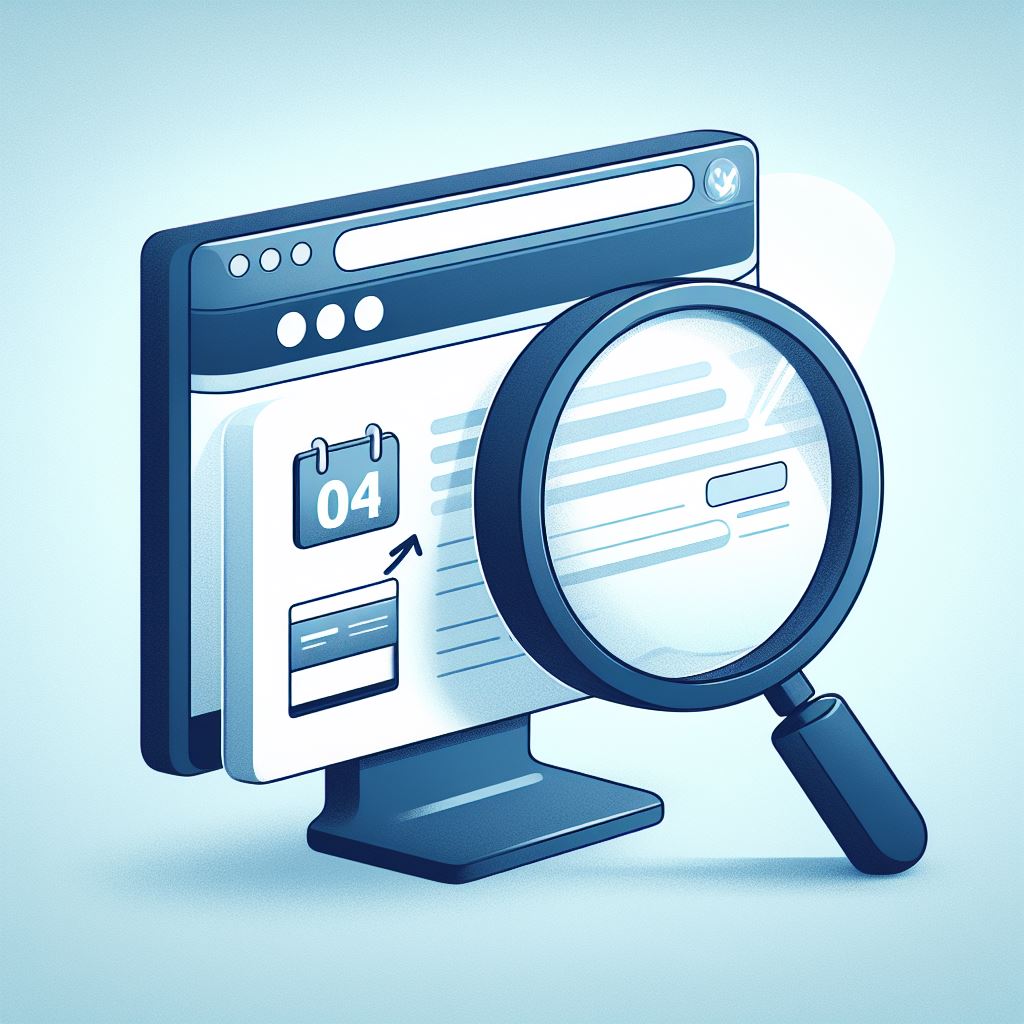How to check when a website was last updated

Before delving into the methods of checking a website’s last update date, it’s essential to grasp why this information matters. Here are some key reasons:
Content Accuracy
Knowing when a website was last updated helps ensure the information you find is current and accurate. Outdated content can lead to misinformation.
SEO Optimization
Search engines favor fresh and relevant content. Websites with outdated information may rank lower in search results, impacting their visibility.
Credibility
A regularly updated website is often seen as more reliable and trustworthy. Visitors are more likely to trust and revisit sites that provide up-to-date information.
Checking the Last Update Date Manually
You can manually check when a website was last updated by following these simple steps:
Viewing the Page’s Footer
- Scroll to the bottom of the webpage.
- Look for a “Last Updated” or “Copyright” notice in the footer. This is where websites often display their update dates.
Inspecting Page Source Code
- Right-click anywhere on the webpage.
- Select “Inspect” or “View Page Source” from the context menu.
- In the page source code, search for phrases like “last-modified” or “date modified.” The date should be mentioned nearby.
Utilizing Online Tools for Last Update Date
Several online tools and resources can help you quickly find a website’s last update date:
Wayback Machine
- Visit the Wayback Machine website.
- Enter the URL of the website you want to check.
- Browse through the available snapshots to find the most recent one, which will display the last update date.
SEO Tools
- Use SEO tools like Ahrefs, SEMrush, or Moz.
- Enter the website’s URL into the tool’s search bar.
- Look for the “Last Updated” or “Last Modified” information provided.
Browser Extensions
- Install browser extensions like “Check My Links” for Google Chrome.
- Visit the website and click the extension icon.
- It will analyze the page and provide information about the last update date.
Benefits of Keeping Your Website Updated
Maintaining a regularly updated website offers numerous advantages:
- Improved search engine rankings.
- Higher user engagement and trust.
- Better security and bug fixes.
- Enhanced user experience.
- Increased traffic and conversions.
How to Update Your Website
If you own a website and want to keep it up-to-date, here are some tips:
- Regularly review and refresh your content.
- Update your website’s design and layout periodically.
- Ensure that all links are functional and fix any broken links.
- Implement security updates and patches.
- Monitor user feedback and adapt your site accordingly.
Stay Updated, Stay Relevant
In conclusion, staying informed about when a website was last updated is essential for ensuring accurate information, optimizing SEO efforts, and evaluating a website’s reliability. By following the methods and tools outlined in this article, you can easily access this valuable information. Keep your website updated to reap the benefits of improved visibility and user trust.